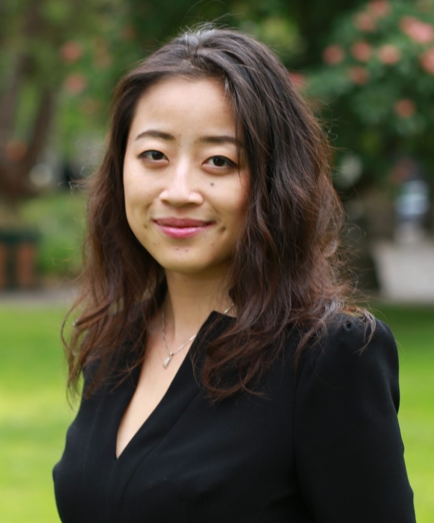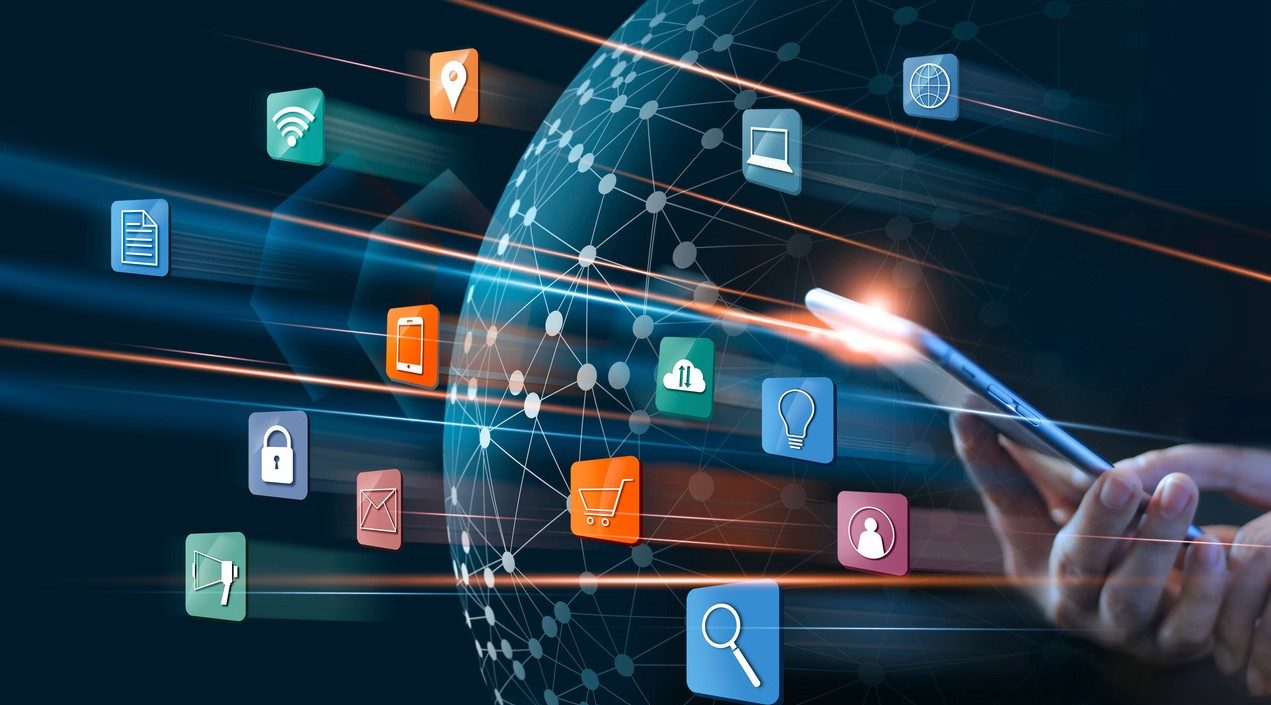
This is Part 2 of a two-part series. You can read Part 1 here.
Quantum technology, previously uncharted territory, it is increasingly becoming an area of interest for organisations and businesses to explore the capabilities of this technology.
To provide that opportunity for our readers to gain better insights into this technology, OpenGov had the honour of interviewing Nana Liu, currently an Assistant Professor at the John Hopcroft Center for Computer Science in Shanghai Jiao Tong University.

Nana received her doctorate in 2016 from the University of Oxford as a Clarendon Scholar.
She was a Postdoctoral Research Fellow at the Centre for Quantum Technologies in the National University of Singapore and the Singapore University for Technology and Design.
Nana is also one of EmTechAsia’s Innovators Under 35 for 2019.
Her focus is on employing quantum resources for both quantum computation and quantum sensing.
Nana’s research lies at the interface between quantum computing, security and machine learning, which will be useful in building a future quantum internet.
Innovations under Quantum Tech
Quantum technology in the past was used in transistors and semiconductors. This was the old usage of it during the first quantum tech revolution.
Nana said that we are currently in the second quantum tech revolution. She added that while that is the case, it is still mostly at the proposal stage.
She listed some of the sectors which employ and innovate with quantum tech:
Military
Nana shared that quantum metrology is used in this field. Providing the US military as an example of it, she said that they have used this form of quantum tech for improving radar systems.
It enhances the ability of radars to detect objects that use fewer signals to probe. Quantum light is also used to probe systems which are trying to hide themselves.
Examples of these include quantum radar and quantum illumination. These applications belong to the area of quantum metrology, which uses quantum matter to probe either distant or weak signals with greater accuracy and using fewer resources.
Cybersecurity
Quantum cryptography is used in this area. Nana shared that quantum fingerprinting can also be employed here. Digital fingerprints are used for accessing data to maximise the probability of being correct.
It also allows longer fingerprints to be processed as this currently poses a challenge to accomplish now.
Quantum Internet
Nana shared that she is currently working on this area of quantum tech. Quantum clouds operate like the cloud systems we use today but with quantum devices working together. In the quantum cloud, individual quantum devices could be in communication with each other. It could delegate computations to some central quantum server. While the computations are being delegated, the privacy of the data and the computation are important. For instance, blind quantum computing is an example of how this delegation can be done in a secure way. This is different from quantum cryptography.
The quantum cloud can also be used for machine learning (ML) applications. Nana shared that she is in the midst of working on forming algorithms which involve security aspects that would protect the cloud system. In particular, she is working on pioneering an area called adversarial quantum learning, which examines the security of machine learning algorithms in the quantum cloud and how machine learning can be used to enhance security.
She shared that a book by her and her fellow researchers, explaining what the quantum internet is- how to build one and of what to do with it is soon to be released.
Healthcare
Nana described the healthcare scene today as having too many patients and not enough doctors. She shared that she is also working on creating quantum tech algorithms based on ML which will help doctors perform a variety of diagnosis. Some of these innovations include CT scans.
These ML capabilities will allow the scans to easily identify abnormal features.
Quantum tech can also be used for preserving the privacy of patient’s data in private and government healthcare providers.
Education
Quantum tech is being learnt at a more technical level by people of wider backgrounds. The knowledge of programming quantum computers is being taught. Nana shared that IBM allows people to access quantum computers for free.
Quantum games and podcasts have been created for the general public to use and learn from.
Nana said that this currently being done in countries across Europe, the US and Australia and beyond.
Quantum AI/Quantum Machine Learning
Nana explained that artificial intelligence (AI) is fundamentally creating human-like behaviour. It employs the capabilities of ML, which is mostly based on statistics.
She said that there is a possible future of using quantum theory to do traditional statistics and ML algorithms.
At the moment, classical ML is able to perform the same functions. It is basically about finding the algorithms suited for quantum computers for them to perform better. Nana said that this is still at the stage of discovery now.
She shared that ML exists in various forms, including supervised ML, unsupervised ML and reinforcement learning.
Supervised ML involves feeding the machine training information while unsupervised ML requires the machine to learn without training.
She said that these forms of ML all exist in classical computers.
Nana said that the hope is for quantum devices to perform these algorithms with certain advantages. For instance, they can perform at greater speeds or greater accuracy (e.g. applied in quantum chemistry).
There are also security advantages in using ML-based quantum devices. This is the hope for the area called adversarial quantum learning, which Nana said that she is working on.
Key takeaway on quantum technology
Nana said that quantum technology is still at an elementary stage. She said that theorists are working on inventing new algorithms. It is not at the deployment stage yet, but there is some proof of principle demonstrations.
“Organisations do not need to worry about their entire infrastructure being replaced by quantum in the near future; more likely that it may only be partly affected in the near-term, she said.
Nana said that people tend to exaggerate the impact and capability of these current algorithms. A lot more research needs to be done.
“If you really care about understanding quantum technology, be careful about overclaims. This would create an atmosphere of mistrust and could seriously hinder future developments in quantum technologies’,” she concluded.

















